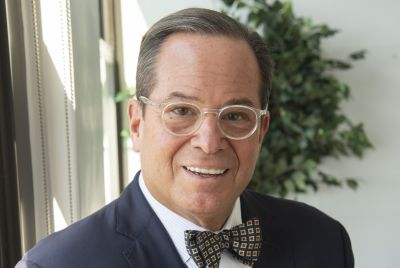Color Them Busy: Crayola Workers Churn Out 13 Million Crayons A Day As Kids Rev Up For School
Company makes half of the its sales now ahead of the end of summer

Crayola factory workers can get a little blue on the yellow sunshine days of summer while their pals are away vacationing just now. That's because they're churning out a massive 13 million crayons a day at company's flagship factory in Easton, Pennsylvania, for the start of pre-school and bigger-kid classes.
Production jumps at least 8 percent this time of year, and the company makes half of its sales now from July 4 to Labor Day mostly through the major retailers like Amazon.com, Target and Walmart, Bloomberg reports.
It's "our Super Bowl," Chief Executive Officer Pete Ruggiero told Bloomberg.
The company has a long, colorful history, one that began as Binney & Smith in New York City in 1885 when it only sold red and black pigments for paint and tires.
It expanded in 1903 to Crayola boxes containing black, brown, blue, violet, red, orange, yellow and green crayons, selling for just five cents a box. Hallmark bought Binney & Smith and the Crayola Brand in 1984 for $204 million.
The process hasn't changed that much and crayons are created with powdered pigment and paraffin in a secret recipe.
If workers can't get the images of multiple swirling colors out of their heads, the factory doesn't help much. The walls are painted in vivid Crayola colors.
But when the colors may start to jar, the earthy smell can be calming.
Crayola is such a fan that it applied for and was issued a trademark by the U.S. Patent and Trademark Office issued for the smell of its crayons, which it described as a "slightly earthy soap with pungent, leather-like clay undertones," in its application documents.
Ruggiero told Bloomberg that he imagines Crayola one day pumping the smell throughout retailer shops, triggering a nostalgia that will send shoppers to scoop up ... crayons.
© Copyright IBTimes 2024. All rights reserved.






















